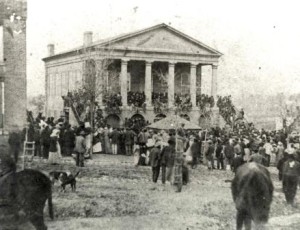
Early view of the Chester Co Courthouse. Courtesy of AFLLC
Chester County is one of the South Carolina bastions of historic activity. Sandwiched between the Broad River and the Catawba, it was an ideal location for early Scots-Irish settlers who immigrated here in the mid 18th century. Most early settlements were in close proximity to Presbyterian churches and ministers in these areas played vital rolls in both secular and religious circles. Following the American Revolution, Chester became the county seat in circa 1785. The City of Chester thereafter, developed as a leading trade center for the surrounding farm communities receiving a post office April 1, 1795. One source states; “Shortly after 1800, the town as described as having grown to contain about thirty houses. By 1825, the town had about sixty structures.” It grew rapidly after the Charlotte and Augusta Railroad came through the area in circa 1851. The new railroad linked Chester with Columbia, South Carolina for the first time.
- Downtown Chester’s Hill prior to the fire. Courtesy of the Davie Beard Postcard Collection – 2016
- Postcard view of the Aaron Burr Rock on the corner of Main Street and Columbia Ave., downtown Chester, S.C. Courtesy of the Davie Beard Collection – 2016
- Early postcard image of the Chester Opera House and City Hall. Courtesy of the Davie Beard Collection – 2016
Prior to the coming of the railroad, Chester had served as a central trading hub, but it exploded with new business opportunities as part of the booming economic period of the 1850’s. New homes, brick factories, cabinet shops, buggy companies, and general mercantile businesses were built.
The transpiration of finished goods to Chester and the export of cotton to the world markets provided ample income, for the thriving area to enjoy the prosperity offered by technology prior to the coming of the disasters of the Civil War.
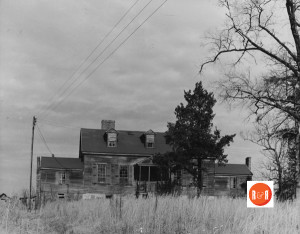
Historic buildings from Chester’s history – unidentified. Courtesy of the Chester Co Library
![Stage Coach Inn [RH Road]_](https://www.rootsandrecall.com/chester/files/2012/08/Stage-Coach-Inn-RH-Road_-300x221.jpg)
Due to the railroad, Chester also became an important stopping place for troops, refugees and political figures during the Civil War. The town suffered economically during reconstruction, as did most of the former Confederate states. It was during this period, in which many of Chester County’s youngest and brightest relocated to take advantage of the explosive growth in surrounding communities such as Rock Hill. The post Civil War economy was indeed bleak as the region began exploring new means to work with their former slaves and once again economically grow cotton. Leaders in the region also looked to the industrial states for opportunities to bring the textile industry to the piedmont region. As a result, it was only a short period before Chester County and the City of Chester once again became a center for agricultural sales and banking interests up until the 1929 depression.
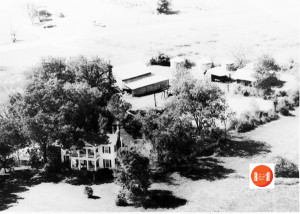
Large plantations dotted the Chester landscape such as the Wherry farm on highway 72, near the York County line. Courtesy of the Wherry Family Collection – 2013
Incorporation as a municipality in 1840, the city limit has virtually remained unchanged from the one mile radius from the hill in downtown. The hilltop occupied by the Chester County courthouse, was served by six radiating roads, functioned as the heart of the town. Four fires and a tornado in 1884 created havoc in the business center.
The citizens of Chester were quick to begin using the professional services of builders and architects from Rock Hill. The Herald reported on Sept. 6, 1902 – “That architect, H.E. White went to Chester yesterday, where he is supervising the erection of several dwellings and remodeling of a store house.”
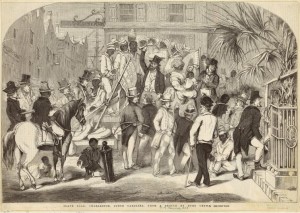
Chester County was typical of most South Carolina counties, working hard to produce a cotton crop which the land failed to adequately support. The acquisition of slaves during the 18th and early 19th century helped the county’s economic base. Courtesy of the Miriam and Ira D. Wallach Division of Art, Prints and Photographs: Print Collection, The New York Public Library. The New York Public Library Digital Collections
Unfortunately, the community was further rocked by the depression as well as WW II and it was following this period that Chester’s economy began declining as textiles began slowly leaving and farming declined dramatically. In the 1950’s the downtown area of Chester as well as most cities were hurt further as development began to spread to shopping centers and subdivisions.
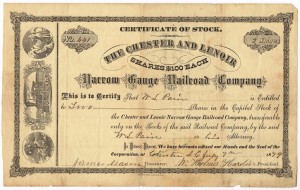
To extend Chester’s ability to market itself, the town invested heavily in the Chester to Lenoir, N.C. railroad.
Since the mid 1980’s a number of downtown improvement projects have been completed by local business owners who re-invested their own money to revitalize downtown properties and help preserve create a handsome collection of architectural gems as well as attract new business. But the significant downtown improvement project was the city sponsored street-scape project of 1996. Completed with the help of substantial grant awards, this project cost roughly $1.8 million. Since then, downtown Chester now has a large number of second floor apartments.
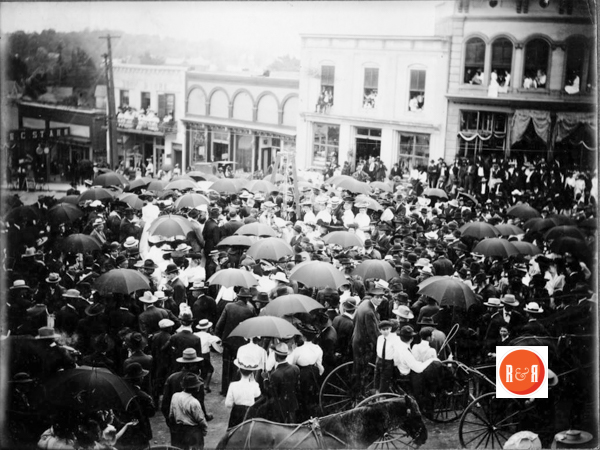
The public celebration of the erection of the Chester Confederate Monument. Courtesy of the Oliphant Family Collection – 2016
As part of this project, utility lines were buried, street and sidewalks were paved, decorative streetlights were added, the traffic pattern was rerouted, and a new park area was completed. This park area is called Monument Square and features a Confederate monument, a Civil War cannon, and the Aaron Burr Rock and a nineteenth century cistern. The downtown continues to be a popular spot for community events and has shown that the rehabilitation of historic buildings in downtown Chester has been a vital part of keeping the area attractive and viable.
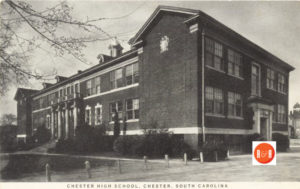
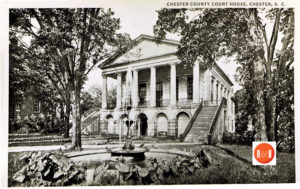
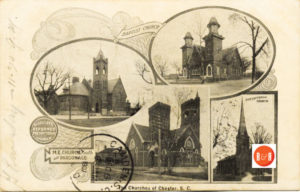
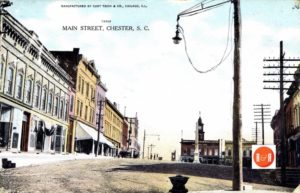
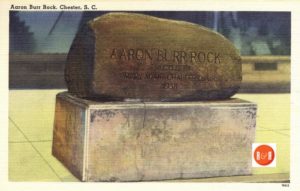
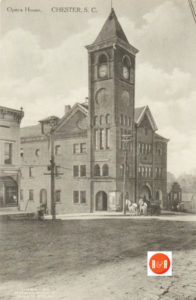

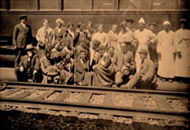
I have documents from family in Chester to family in Arkansas! I want to make sure they are preserved. One is a land purchase from a Mr. Faris to Moses Lemmons ( myGGGG ) grandfather! I saw his immigration papers in the court house in Chester but it was not being properly preserved! Hopefully more care is being preserved. I am old and my son has no interest in his history.
Carol Lemons Schurtz
Madnurse@aol.com
Dear Sir, Thank you for your response to the blog post on western movement. It was received with tremendous enthusiasm. We would be happy to assist you in preserving your family papers. Provide R&R with a few details such as your address and phone number. Correspond with use at info@rootsandrecall.com, and we will see what can be done to help! Wade@R&R.com
Where would PO Box 138D, Route 4 be or would it have been say in 1948. Who currently owns this parcel or area?
My 4th great grandmother is listed as being born in Chester, South Carolina in 1790. I’ve reached a dead end and can’t find out anything about her parents. Are there any places that possibly have information about early settlers of Chester?
We suggest you contact the Chester District Gen and Hist Society of Richburg, S.C.
What is the family name & maiden name that you are looking for?
I’m looking for information on my Roden/Rawdon Family in Chester. John Roden live in Baton Rouge Chester County until 1821. He and his wife Sarah Elizabeth are buried on their property there.
I am desperately trying to find information on my gr-grandfather F.M. Hicklin, his brother Malvin, and their father F.M. Hicklin Sr., of Chester, SC. Any school records, photos, etc. There are so many mysterious circumstances and unanswered questions that I can’t uncover.
Bianca,
granddaughter of William James Hicklin of Bascombville, SC.